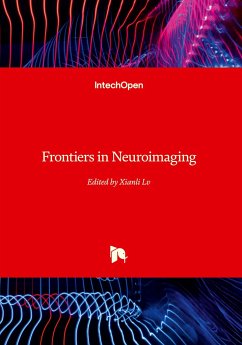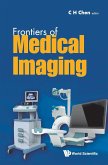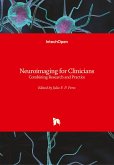Neuroimaging has developed rapidly, such as ultrasound, CT scanning, MRI, functional MRI, 7T MRI, and digital subtraction angiography, providing high-resolution acquisition and better contrast, making it easier to detect lesions and structural changes in brain diseases. Targeted diseases in neuroimaging include tumors, vascular diseases, neurodegenerative diseases, and psychiatric disorders, including Alzheimer¿s disease, Parkinson¿s disease, multiple sclerosis, epilepsy, severe depression, and schizophrenia. The ability of electroencephalography and magnetoencephalography to detect changes in brain function in other dementia suggests that they may also be promising biomarkers for early vascular cognitive impairment. In recent years, machine learning has achieved significant success in providing automated analysis for neuroimaging research, and its role may increase in the future. For clinical doctors, understanding these methods and mastering explanatory skills are crucial.
Hinweis: Dieser Artikel kann nur an eine deutsche Lieferadresse ausgeliefert werden.
Hinweis: Dieser Artikel kann nur an eine deutsche Lieferadresse ausgeliefert werden.








